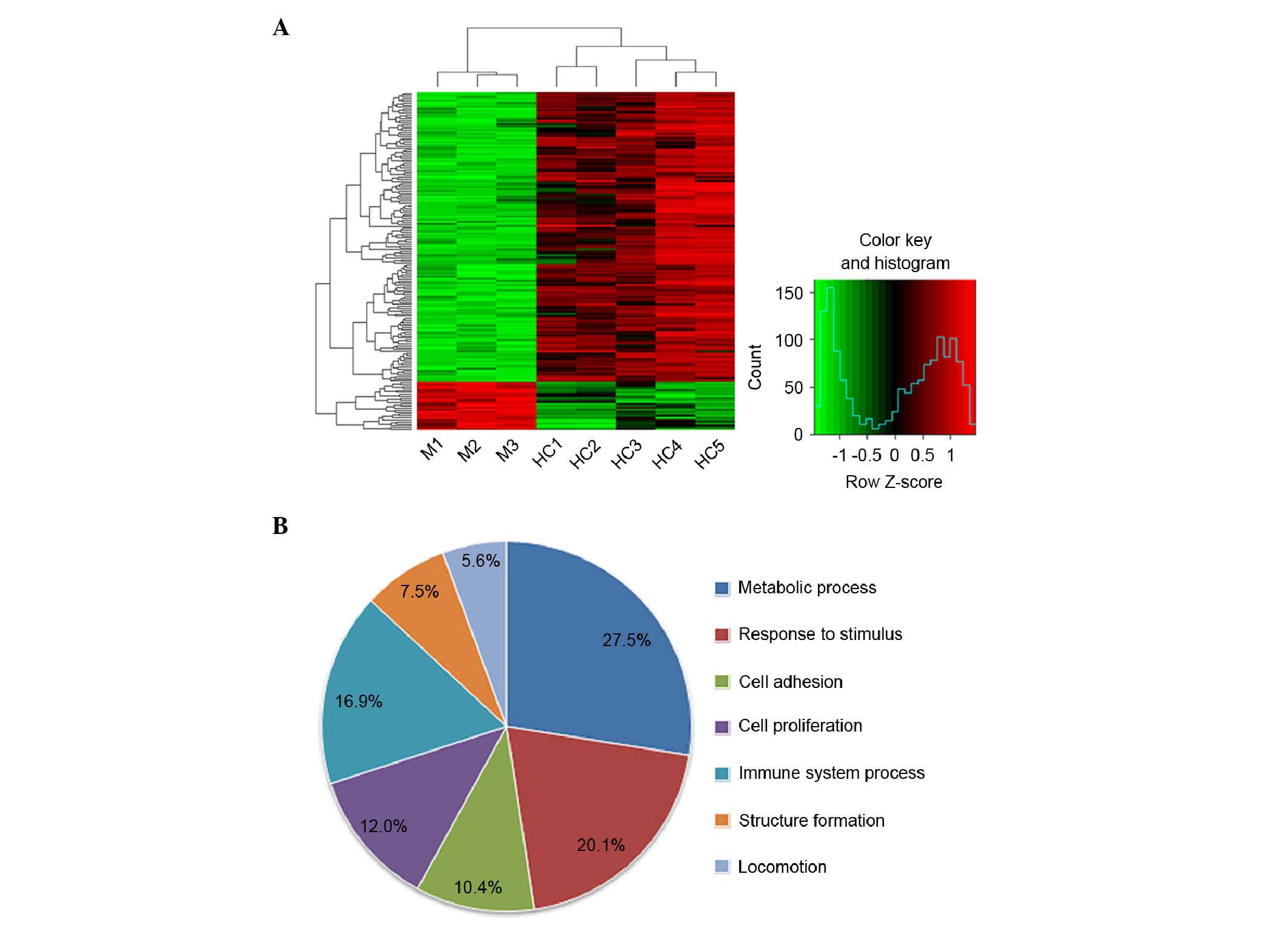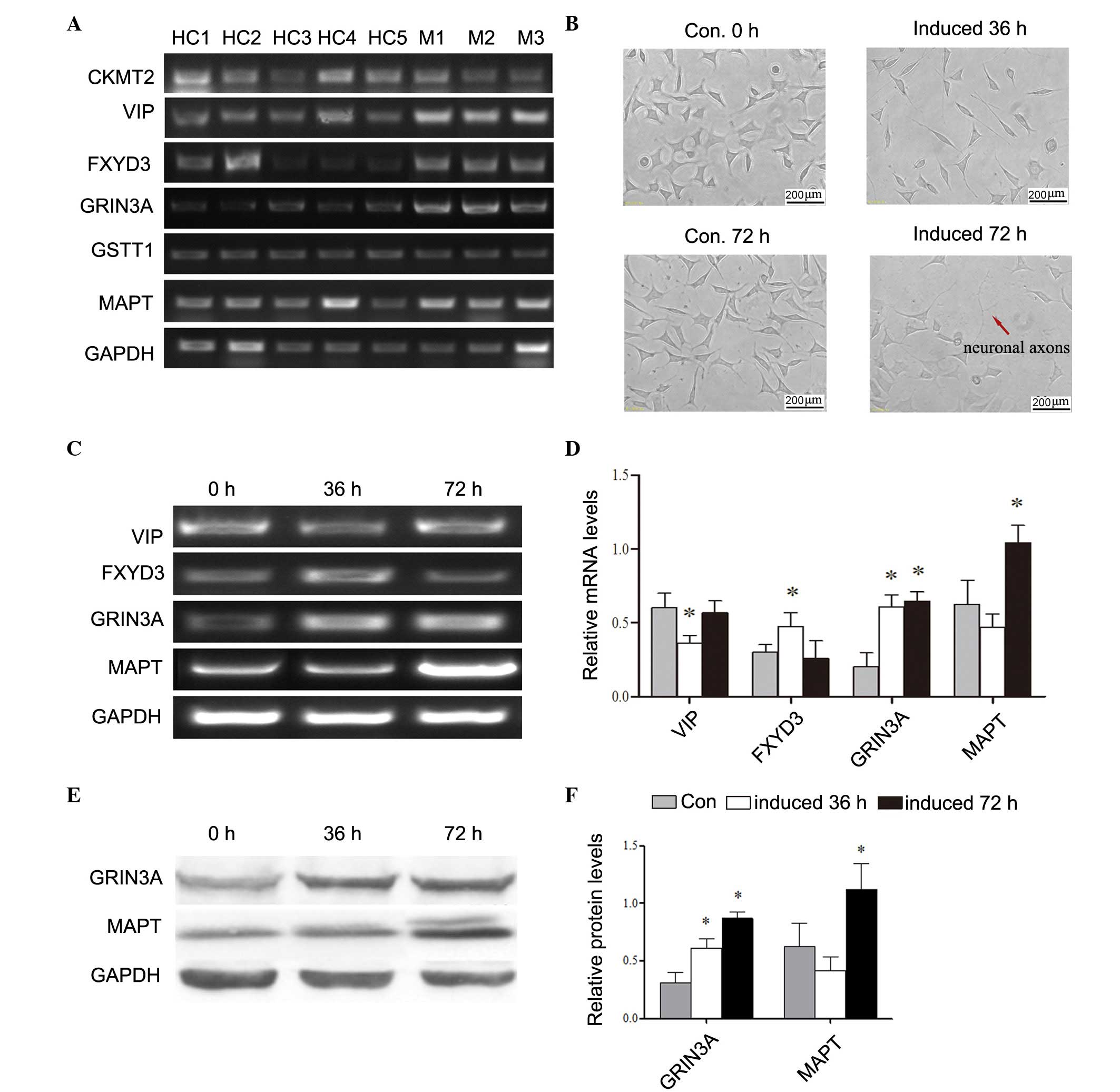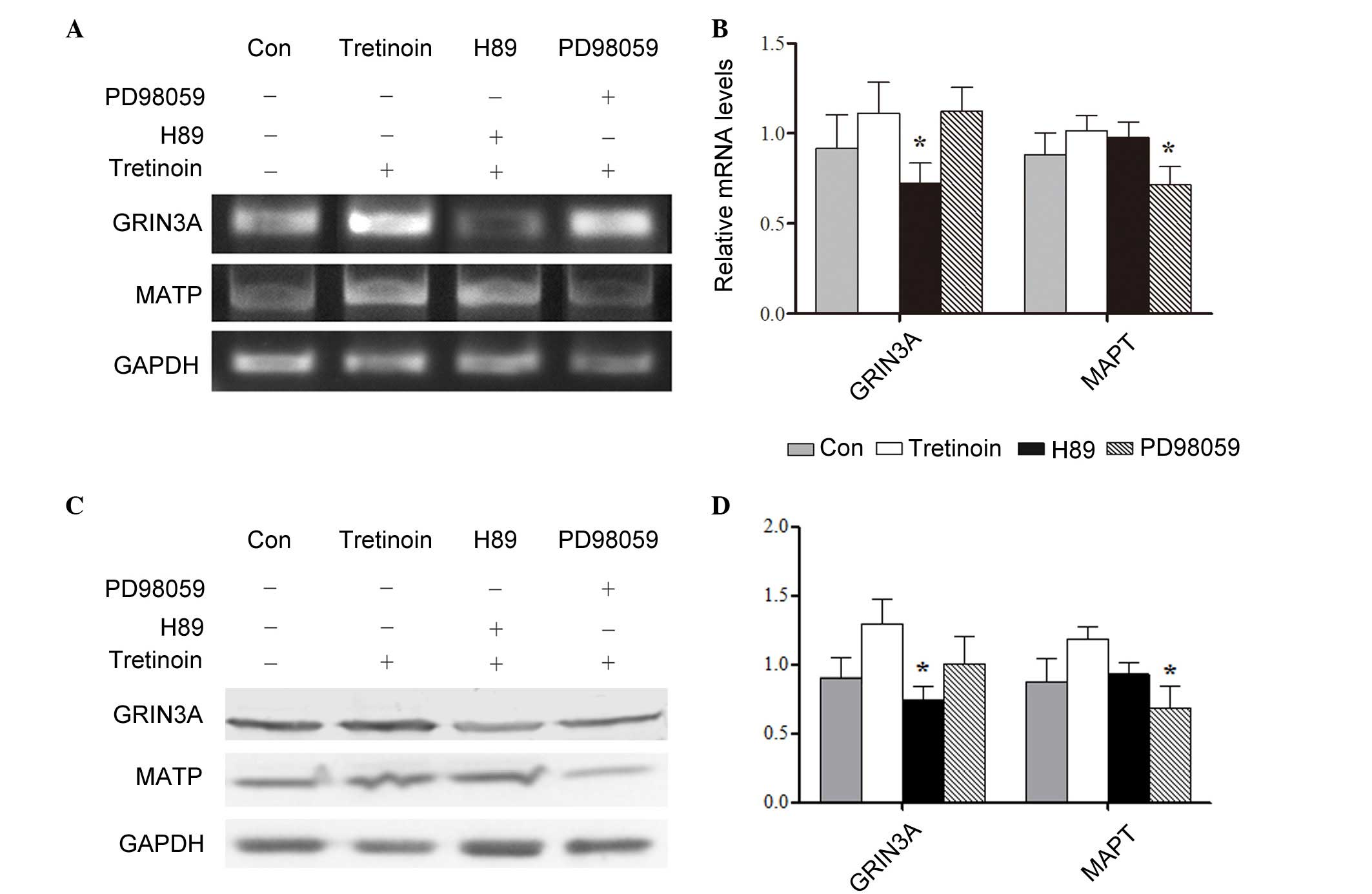|
1
|
Ho CA, Herring JA and Ezaki M: Long-term
follow-up of progressive macrodystrophia lipomatosa. A report of
two cases. J Bone Joint Surg Am. 89:1097–1102. 2007. View Article : Google Scholar : PubMed/NCBI
|
|
2
|
Lau FH, Xia F, Kaplan A, Cerrato F, Greene
AK, Taghinia A, Cowan CA and Labow BI: Expression analysis of
macrodactyly identifies pleiotrophin upregulation. PLoS One.
7:e404232012. View Article : Google Scholar : PubMed/NCBI
|
|
3
|
Biesecker LG, Aase JM, Clericuzio C,
Gurrieri F, Temple IK and Toriello H: Elements of morphology:
Standard terminology for the hands and feet. Am J Med Genet A 149A.
93–127. 2009. View Article : Google Scholar
|
|
4
|
Rios JJ, Paria N, Burns DK, Israel BA,
Cornelia R, Wise CA and Ezaki M: Somatic gain-of-function mutations
in PIK3CA in patients with macrodactyly. Hum Mol Genet. 22:444–451.
2013. View Article : Google Scholar : PubMed/NCBI
|
|
5
|
Rohilla S, Jain N, Sharma R and
Dhaulakhandi DB: Macrodystrophia lipomatosa involving multiple
nerves. J Orthop Traumatol. 13:41–45. 2012. View Article : Google Scholar : PubMed/NCBI
|
|
6
|
Livak KJ and Schmittgen TD: Analysis of
relative gene expression data using real-time quantitative PCR and
the 2(−Delta Delta C(T)) method. Methods. 25:402–408. 2001.
View Article : Google Scholar : PubMed/NCBI
|
|
7
|
Cheung YT, Lau WK, Yu MS, Lai CS, Yeung
SC, So KF and Chang RC: Effects of all-trans-retinoic acid on human
SH-SY5Y neuroblastoma as in vitro model in neurotoxicity research.
Neurotoxicology. 30:127–135. 2009. View Article : Google Scholar : PubMed/NCBI
|
|
8
|
Huang Y, Boskovic G and Niles RM: Retinoic
acid-induced AP-1 transcriptional activity regulates B16 mouse
melanoma growth inhibition and differentiation. J Cell Physiol.
194:162–170. 2003. View Article : Google Scholar : PubMed/NCBI
|
|
9
|
Hung SP, Hsu JR, Lo CP, Huang HJ, Wang JP
and Chen ST: Genistein-induced neuronal differentiation is
associated with activation of extracellular signal-regulated
kinases and upregulation of p21 and N-cadherin. J Cell Biochem.
96:1061–1070. 2005. View Article : Google Scholar : PubMed/NCBI
|
|
10
|
Tegenge MA, Roloff F and Bicker G: Rapid
differentiation of human embryonal carcinoma stem cells (NT2) into
neurons for neurite outgrowth analysis. Cell Mol Neurobiol.
31:635–643. 2011. View Article : Google Scholar : PubMed/NCBI
|
|
11
|
Bachireddy P, Rakhra K and Felsher DW:
Immunology in the clinic review series; focus on cancer: Multiple
roles for the immune system in oncogene addiction. Clin Exp
Immunol. 167:188–194. 2012. View Article : Google Scholar : PubMed/NCBI
|
|
12
|
Schreiber RD, Old LJ and Smyth MJ: Cancer
immunoediting: Integrating immunity's roles in cancer suppression
and promotion. Science. 331:1565–1570. 2011. View Article : Google Scholar : PubMed/NCBI
|
|
13
|
Mantovani A, Romero P, Palucka AK and
Marincola FM: Tumour immunity: Effector response to tumour and role
of the microenvironment. Lancet. 371:771–783. 2008. View Article : Google Scholar : PubMed/NCBI
|
|
14
|
Moh MC and Shen S: The roles of cell
adhesion molecules in tumor suppression and cell migration: A new
paradox. Cell Adh Migr. 3:334–336. 2009. View Article : Google Scholar : PubMed/NCBI
|
|
15
|
Nair KS, Naidoo R and Chetty R: Expression
of cell adhesion molecules in oesophageal carcinoma and its
prognostic value. J Clin Pathol. 58:343–351. 2005. View Article : Google Scholar : PubMed/NCBI
|
|
16
|
Hedlund EM, Hosaka K, Zhong Z, Cao R and
Cao Y: Malignant cell-derived PlGF promotes normalization and
remodeling of the tumor vasculature. Proc Natl Acad Sci USA.
13:17505–17510. 2009. View Article : Google Scholar
|
|
17
|
Carmeliet P: Angiogenesis in life, disease
and medicine. Nature. 438:932–936. 2005. View Article : Google Scholar : PubMed/NCBI
|
|
18
|
Elbaz A, Ross OA, Ioannidis JP,
Soto-Ortolaza AI, Moisan F, Aasly J, Annesi G, Bozi M, Brighina L,
Chartier-Harlin MC, et al: Independent and joint effects of the
MAPT and SNCA genes in Parkinson's disease. Ann Neurol. 69:778–792.
2011. View Article : Google Scholar : PubMed/NCBI
|
|
19
|
Caffrey TM and Wade-Martins R: Functional
MAPT haplotypes: Bridging the gap between genotype and
neuropathology. Neurobiol Dis. 27:1–10. 2007. View Article : Google Scholar : PubMed/NCBI
|
|
20
|
Liu XJ and Salter MW: Glutamate receptor
phosphorylation and trafficking in pain plasticity in spinal cord
dorsal horn. Eur J Neurosci. 32:278–289. 2010. View Article : Google Scholar : PubMed/NCBI
|
|
21
|
Oh MC, Kim JM, Safaee M, Kaur G, Sun MZ,
Kaur R, Celli A, Mauro TM and Parsa AT: Overexpression of
calcium-permeable glutamate receptors in glioblastoma derived brain
tumor initiating cells. PLoS One. 7:e478462012. View Article : Google Scholar : PubMed/NCBI
|
|
22
|
Wong WK, Cheung AW, Yu SW, Sha O and Cho
EY: Hepatocyte growth factor promotes long-term survival and axonal
regeneration of retinal ganglion cells after optic nerve injury:
Comparison with CNTF and BDNF. CNS Neurosci Ther. 20:916–929. 2014.
View Article : Google Scholar : PubMed/NCBI
|
|
23
|
Pelletier J, Roudier E, Abraham P, Fromy
B, Saumet JL, Birot O and Sigaudo-Roussel D: VEGF-A promotes both
pro-angiogenic and neurotrophic capacities for nerve recovery after
compressive neuropathy in rats. Mol Neurobiol. 51:240–251. 2015.
View Article : Google Scholar : PubMed/NCBI
|












